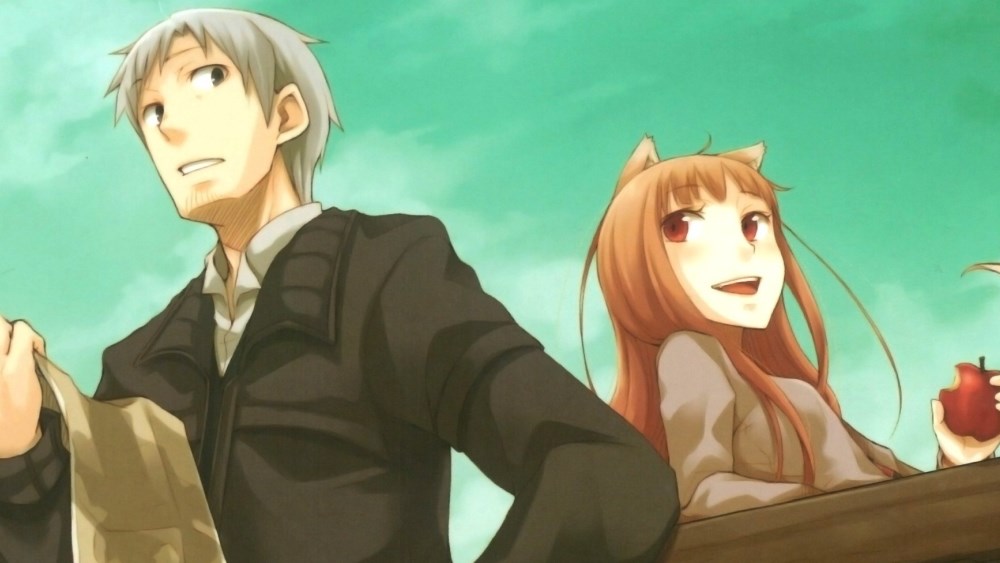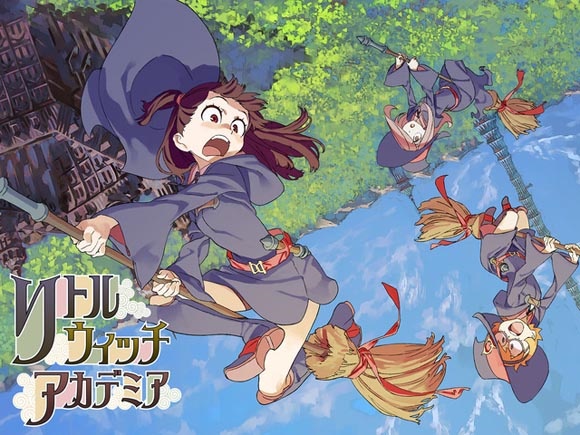Anime Review:
Kaiji: Season One
by 1000Throws
If you’ve been part of the fandom long enough, you know it’s hard to find great anime. Once you’ve watched all the vaunted classics, it can be difficult to know where to turn next. But past oft discussed series like Cowboy Bebop and Black Lagoon there are underrated gems so great that it seems a crime they’re not receiving more attention.
The first season of Kaiji is one of these gems, and it’s incredible that I managed to stumble upon it shortly after getting back into anime a few years ago. The 2007 series is based on Nobuyuki Fukumoto’s gambling manga of the same name, which began back in 1996 and is still running today. The story revolves around the down-on-his-luck Kaiji Itou, a young man who drifts from job to job when he’s not indulging his gambling habit or stealing hubcaps off of cars, that is. After cosigning a loan for a friend unable to pay it off, Kaiji eventually gets into trouble with a shady organization preying on men in debt. Endo, one of the group’s loan sharks, invites Kaiji to participate in a “game” on board a ship called Espoir, a risky game in which he can clear his debt in one night if he wins…or, should he lose, face years of backbreaking labor to pay back what he owes. Most of the “games” in the show involve similarly cruel gambles, where Kaiji and other participants play for huge sums of money while facing the possibility of losing equally big – from body parts to their own autonomy. I won’t delve too deeply into the details of the different gambles past this point, as this is not a series I’d want to spoil for anyone, but both the stakes (and corresponding rewards) climb ever higher as the show goes on.

I suspect that most initial misgivings about Kaiji stem from the art style, which is far removed from the dewy eyes and glossy colors many anime fans are used to. Fukumoto’s original manga is replete with thick lines, large noses, and dangerously angular chins, and Madhouse is not shy in translating this faithfully to animation. Some might call the stylistic choices on display here ugly. I think this is missing the point, though.
Certainly, the characters themselves are not meant to be physically attractive, but the bold, unique aesthetic perfectly fits the atmosphere of the series. Liars, cheats, and thugs run rampant in Kaiji. Men cry (a lot), blood flows, and bodies are mangled to different degrees based on the particular risk being taken. This is not a pretty world, and the visual style does a wonderful job of reflecting that reality.

Furthermore, Kaiji’s dramatic sequences elevate the tension to fantastic heights. Accompanied by over-the-top narration, Kaiji’s dilemmas are often vividly imagined as metaphorical struggles – in one scene on board Espoir, for example, the claws of “demons” represent the greediness of the players, threatening to dig in as they succumb to their desire to gamble more and more away. Given the subject matter, these scenes help to make a show focused primarily on internal conflict more visually interesting than it might otherwise have been. That said, the animation itself is generally unspectacular, and there is some awkward looking CG at points namely, during a few panning shots and while displaying the effects of a particular torture device. But since Kaiji’s emphasis is on psychological mind games, not high-speed movement, the animation on the whole does its job.

Even if the art is not to your liking, it’s hard to deny the strength of the show’s direction. The pacing is fast enough to keep viewers interested in the gamble at hand, while still allowing for frequent, intense introspection as Kaiji agonizes over his next move. The writing is also consistently strong, making events that sound relatively mundane on paper into heart pounding affairs. Let’s just say that I never thought I’d be invested in a glorified version of “Rock Paper Scissors” before watching this series! (Barring the one in JoJo, of course). No two gambles are exactly alike in their consequences, but the stakes remain high no matter what the challenge. While the details of the different games are often interesting in their own right, the real highlight here is watching Kaiji out think his opponents and come up with clever solutions in the face of overwhelming odds.
At this point, I doubt that Kaiji will receive any sort of physical release in the west, much less an English dub. If you’re like me and generally prefer watching English dubs, that might come as something of a bummer. But never fear, as the Japanese cast is quite good, and most of the voices fit the characters well. Kaiji comes across as impulsive and trusting to a fault, but also clever and confident where it counts. Masato Hagiwara helps to mold him into a likeable protagonist, one you’ll cheer for both when he’s right on the verge of winning and when he’s holding on by the skin of his teeth. The main villains are also appropriately menacing, thickening the oppressive atmosphere in which Kaiji finds himself. All that said, I do lament that the lack of a physical English release limits Kaiji’s exposure here considerably.
As an aside, Kaiji is a show I would recommend to those new to anime. This might sound strange since it’s such a niche series, but it’s really just a good psychological thriller, and it says something that I was able to jump into it so quickly after being out of the fandom for years. At its heart, the show is not just about gambling, but also about how people think and act when thrown into high-stakes, high-risk situations – who will collapse under the pressure, and who will grit their teeth and persevere? Who will cheat, betray, and sacrifice others when it’s do or die, and who will retain their humanity? If these sorts of themes fascinate you at all, this show definitely needs to be on your radar.
It’s not all roses, however. Kaiji suffers the same fate as many anime series, in that it serves as an advertisement for the manga. The first season ends on a somewhat abrupt note after one of the more intense arcs, leaving viewers with a feeling of whiplash. It’s not the worst I’ve seen the medium deliver, and there is a second season that follows up on this one, but it is somewhat disappointing considering all that came before it. But suffice it to say that this is still one of my absolute favorite anime series for a reason. I was compelled, thrilled, and even moved at times by the plot, and the ever mounting stakes kept me constantly on the edge of my seat, always excited to see how the protagonists would make it out of the next seemingly hopeless gamble. When it comes right down to it, Kaiji is a unique experience amidst a sea of same old anime premises, and it should not be missed by anyone who enjoys a good thrill.
Pros:
- Tense and thrilling from start to finish
- Bold, unique art style that fits the atmosphere of the show
- Clever writing
Cons:
- First season ends somewhat abruptly
- Less than stellar animation for the most part

If you’re interested in Kaiji, then check out episode 31 of The Other Side: You Should Be Watching, where Max sings the praises of both Kaiji, and Akagi, a series by the same author.




